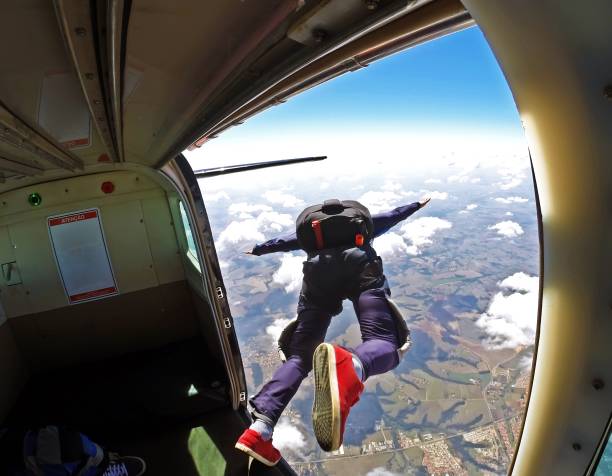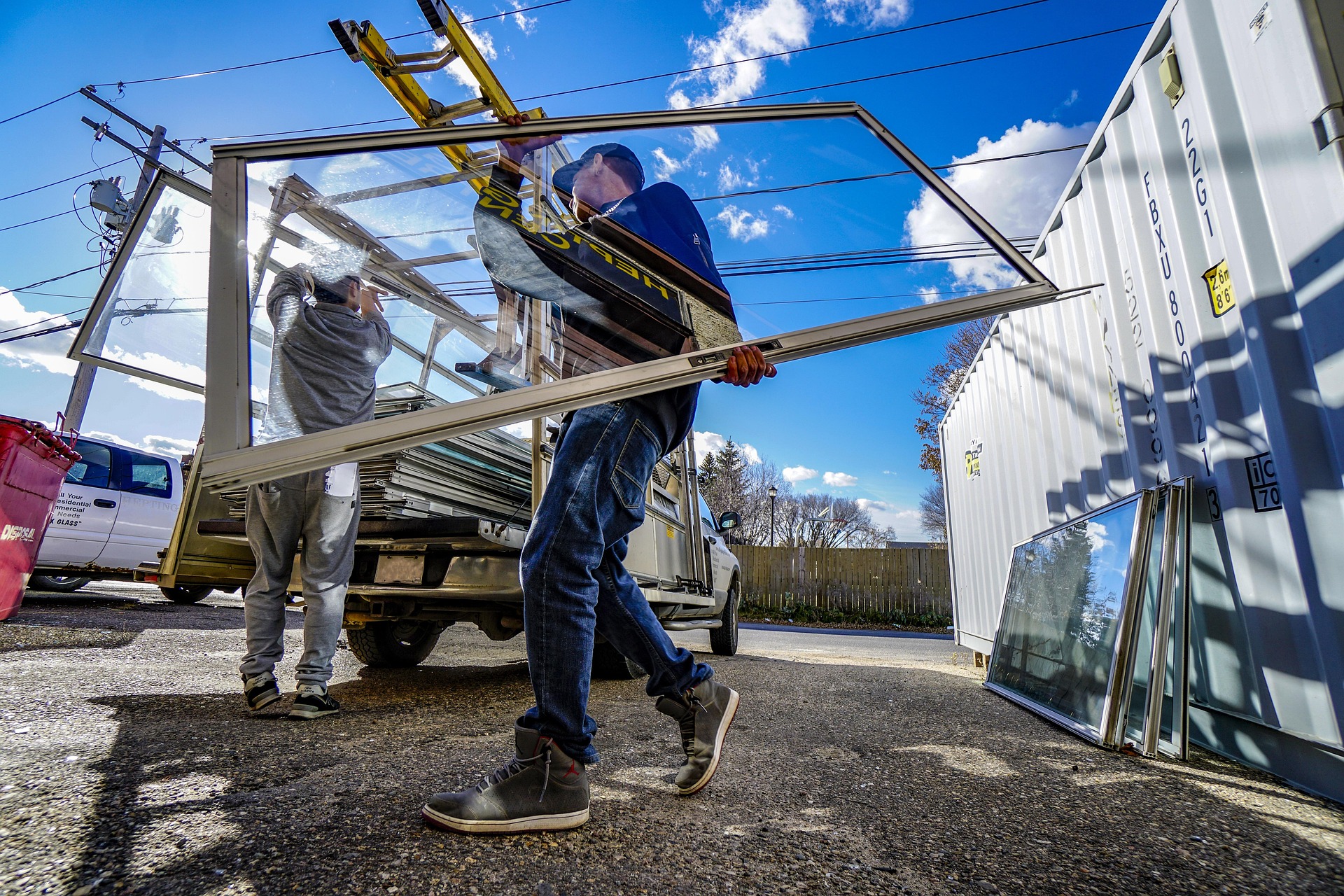Skydiving Tourism: Embracing the Ultimate Adrenaline Rush
Soaring through the clouds, feeling the rush of wind against your face, and experiencing a bird's-eye view of stunning landscapes – welcome to the exhilarating world of skydiving tourism. This thrilling niche in the travel industry is attracting adventure seekers from all corners of the globe, offering a unique blend of extreme sports and breathtaking sightseeing. As more travelers seek out extraordinary experiences, skydiving tourism has emerged as a cutting-edge way to explore destinations from a completely new perspective.

Advancements in technology and safety measures have played a crucial role in this evolution. Modern equipment, including automatic activation devices and more reliable parachutes, has made skydiving more accessible to novices. Additionally, the rise of tandem jumping, where a novice is harnessed to an experienced instructor, has opened up the sport to a broader audience.
Global Hotspots for Skydiving Tourism
As the popularity of skydiving tourism grows, certain destinations have emerged as must-visit locations for thrill-seekers. These hotspots offer a combination of stunning views, professional facilities, and unique jumping experiences:
- Interlaken, Switzerland: Known for its breathtaking Alpine scenery, Interlaken offers skydivers the chance to freefall over snow-capped mountains and pristine lakes.
- Dubai, United Arab Emirates: Skydiving over Palm Jumeirah provides an unparalleled view of the man-made island and the city’s futuristic skyline.
- Fox Glacier, New Zealand: This location allows jumpers to experience the thrill of skydiving with views of both the Southern Alps and the Tasman Sea.
- Hawaii, USA: The tropical paradise offers year-round skydiving opportunities with views of lush landscapes and azure waters.
- Namibia, Africa: For the ultimate adventure, skydivers can experience the stark beauty of the Namib Desert from above.
The Economic Impact of Skydiving Tourism
The rise of skydiving tourism has had a significant economic impact on many destinations. Small towns with ideal jumping conditions have seen a boost in tourism revenue, with visitors coming not just for the jump but also staying for extended periods, utilizing local accommodations, restaurants, and other services.
For example, the small town of Moab, Utah, has seen a surge in visitors due to its skydiving opportunities over the stunning red rock formations. Similarly, Mission Beach in Australia has become a skydiving hub, contributing significantly to the local economy.
Innovations in Skydiving Experiences
As the market for skydiving tourism expands, operators are innovating to offer unique experiences that go beyond the standard jump:
- Night jumps: Some locations now offer night skydiving experiences, where jumpers leap under a starry sky, often with LED lights attached to their suits for a dazzling visual effect.
- Extreme altitude jumps: For the ultimate thrill, some operators are offering jumps from altitudes of up to 30,000 feet, requiring specialized equipment and oxygen masks.
- Wingsuit flying: This advanced form of skydiving allows experienced jumpers to glide through the air using a specially designed suit, offering extended freefall times and the ability to cover greater distances.
- Virtual reality integration: Some companies are incorporating VR technology into the ground training process, allowing first-time jumpers to familiarize themselves with the experience before taking the leap.
Sustainability and Responsible Practices in Skydiving Tourism
As with any form of tourism, there are environmental considerations to address in skydiving. The industry is taking steps to minimize its impact:
- Using more fuel-efficient aircraft for transporting skydivers to jump altitudes.
- Implementing strict litter control measures to prevent debris from harming local ecosystems.
- Supporting local conservation efforts in the areas where skydiving takes place.
- Educating skydivers about the importance of respecting local environments and wildlife.
Skydiving 101: Essential Knowledge for First-Time Jumpers
• Always choose a reputable operator certified by the appropriate national skydiving association.
• Tandem jumps are the best option for beginners, providing both safety and expert guidance.
• The average freefall lasts about 60 seconds, with the entire experience taking 3-4 hours including training.
• Most first-time jumps occur from an altitude of 10,000 to 14,000 feet.
• No special fitness level is required, but there are some medical conditions that may prevent participation.
• Weather conditions play a crucial role in skydiving safety, so be prepared for potential rescheduling.
As skydiving tourism continues to gain popularity, it offers a unique way to experience destinations from a literally elevated perspective. This adrenaline-pumping activity not only provides unforgettable memories but also contributes to local economies and pushes the boundaries of adventure travel. Whether you’re an experienced thrill-seeker or a curious novice, skydiving tourism presents an opportunity to see the world in a whole new light – from thousands of feet in the air.






